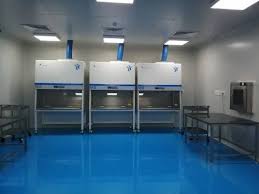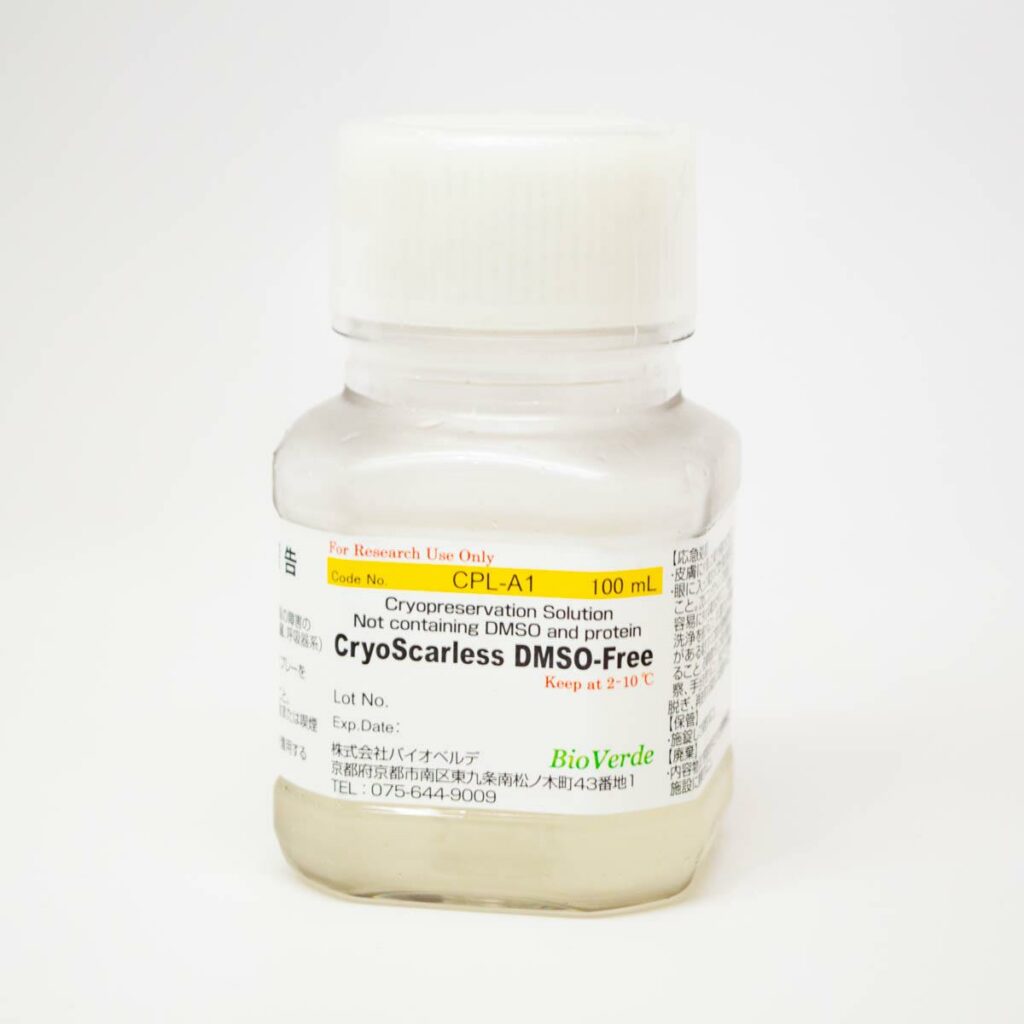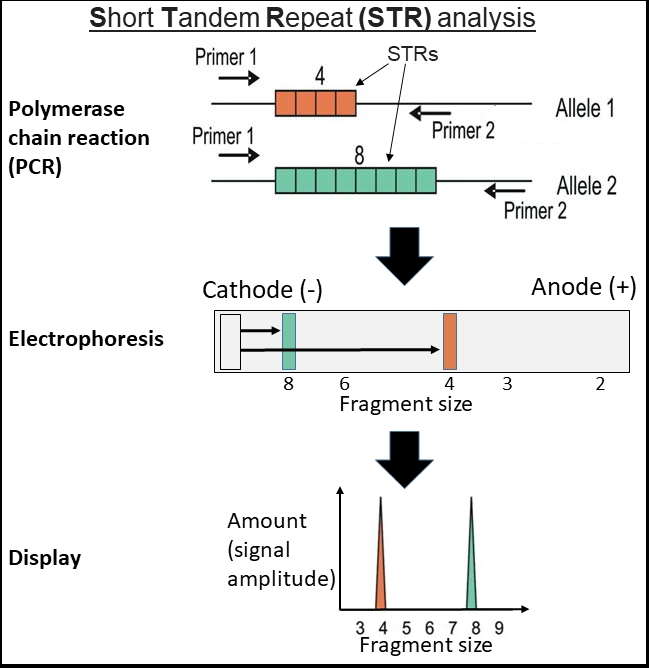Blog Post
Successful Mammalian Cell Tissue Culture: An Overview Guide
Introduction:
Mammalian cell culture techniques have revolutionized mammalian cell tissue culture, and drug development. Understanding the fundamentals of working in a sterile environment is crucial to success.
1. Cell Culture Laboratory Setup:
- Biosafety Cabinet (BSC): A laminar flow hood ensuring a sterile environment for cell manipulation.
- CO2 Incubator: Ensures optimal temperature, humidity, and carbon dioxide conditions for mammalian cell growth.
- Microscope: For cell inspection and morphology assessment.

Cell Culture Materials:
- Tissue Culture Flasks: Vessels designed for cell attachment and growth.
- Serum: Often fetal bovine serum (FBS), nourishes cells.
- Culture Media: Supports cell growth (e.g., DMEM, RPMI).
- Antibiotics: Prevent bacterial contamination.

Aseptic Techniques:
- Sterilization: Use autoclave for equipment and UV light in BSC.
- Gloves: Mandatory for protection and sterility.
- 70% Ethanol: Disinfect surfaces and tools.
- Cell Culture Protocol:
- Cell Thawing:
- Remove cryopreserved cells from liquid nitrogen.
- Thaw rapidly in a 37°C water bath.
- Transfer to a sterile centrifuge tube with pre-warmed culture media.
- Cell Seeding:
- Centrifuge to pellet cells.
- Resuspend pellet in fresh medium.
- Count cells using a hemocytometer.
- Seed cells in culture flasks at desired density.
- Cell Maintenance:
- Check cells daily for morphology and confluency.
- Change medium every 2-3 days.
- Cell Passaging:
- Aspirate old medium and wash with PBS.
- Add trypsin-EDTA to detach cells.
- Neutralize trypsin with medium containing serum.
- Centrifuge and seed into a new flask.
5. Cell Cryopreservation:
- Prepare cryovials.
- Resuspend cells in freezing medium (contains cryoprotectants like DMSO).
- Place in controlled-rate freezing device or -80°C freezer overnight.
- Transfer to liquid nitrogen storage.

6. Cell Authentication and Quality Control:
- Mycoplasma Testing: Regularly test for mycoplasma contamination.
- Cell Line Authentication: Use STR profiling to verify cell identity.
- Karyotyping: Analyze chromosomal stability.

7. Safety Precautions:
- Handle cells at Biosafety Level 2 (BSL-2).
- Regularly decontaminate workspaces.
- Dispose of waste in biohazard bags.
Conclusion:
Mastering mammalian cell tissue culture is vital for advancing biotechnology, pharmacology, and regenerative medicine. Ensure sterility, employ rigorous quality control, and continuously update your skill set for success in the field.

